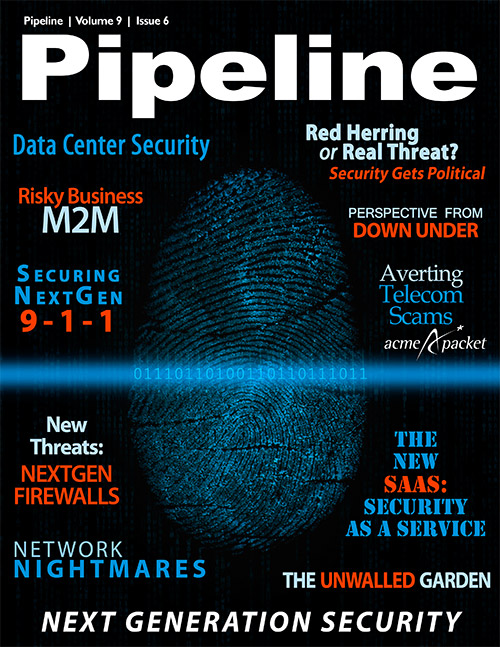Communications IT News
Judging by the numbers, the new shared data plans are a cash cow for Verizon and AT&T.
an unfair advantage. âSoftBankâs acquisition of Sprint and the control it gains over Clearwire will give one of Japanâs largest wireless companies control of significantly more U.S. wireless
spectrum than any other company,â he said in a statement. âWe expect that fact and others will be fully explored in the regulatory review process.âSprint, for its part, hopes to accelerate its LTE network with the expertise of SoftBank while leveraging Clearwireâs deep spectrum holdings. Sprint CEO Dan Hesse said, âOur management team is excited to work with SoftBank to learn from their successful deployment of LTE in Japan as we build out our advanced LTE network, improve the customer experience and continue the turnaround of our operations.â
Newly crowned T-Mobile USA CEO John Legere commented on the importance of spectrum as it relates to the T-Mobile/MetroPCS merger. âThis deal could not be more ideal in terms of the complementary spectrum that it creates. It really could not be more perfect in terms of what it will do for us with regard to our 4G LTE rollout. We will have significant LTE spectrum capacity in most major cities in the United States. Iâm talking about being clearly superior to AT&T and Sprint. We are in the midst of a process and a transformation that is going to take the combined company to an incredible place.â
Legere also believes the two networks will integrate easily and overtake Sprint for third place in the U.S. market within a few years. For a network that doesnât even have the iPhone, that would be a real coup. Will regulators give the nod of approval? Will SoftBankâs business with Huawei taint the outcome? Stay tuned to the Pipeline news center to learn more as the story develops.
Securing communications
In security there is a simple rule: the more points of entry to control, the more risk. âThe fact is that, as you make more âdoorwaysâ into the Internet, so the challenges of controlling
access will become ever more acute,â says Alex Brisbourne, president and COO, KORE Telematics. Consider the proliferation of powerful smartphones alongside M2M on the horizon and itâs easy to
understand why security stories cross the wire on a daily basis. The connected future is only as secure as its foundation.Bring-your-own-device (BYOD) trends continue to create opportunities for software companies and service providers in device security and management. Turkcell is betting on BYOD with a new turnkey BYOD app, and Infonetics predicts a big spike in mobile security spending as a result. In fact security will move further into the foreground as more and more devices are connected, like Hyundaiâs new connected car and AT&Tâs new embedded mHealth solutions.
Toward the end of October, Verizon released an extensive cybercrime report that examined risk and intrusion industry by industry. Across the board, small- to medium-sized businesses are most at risk, as these companies may not have a dedicated IT security professional or established security procedures. Third-party vendors that service the SMB market havenât done much better, according to the report.



















